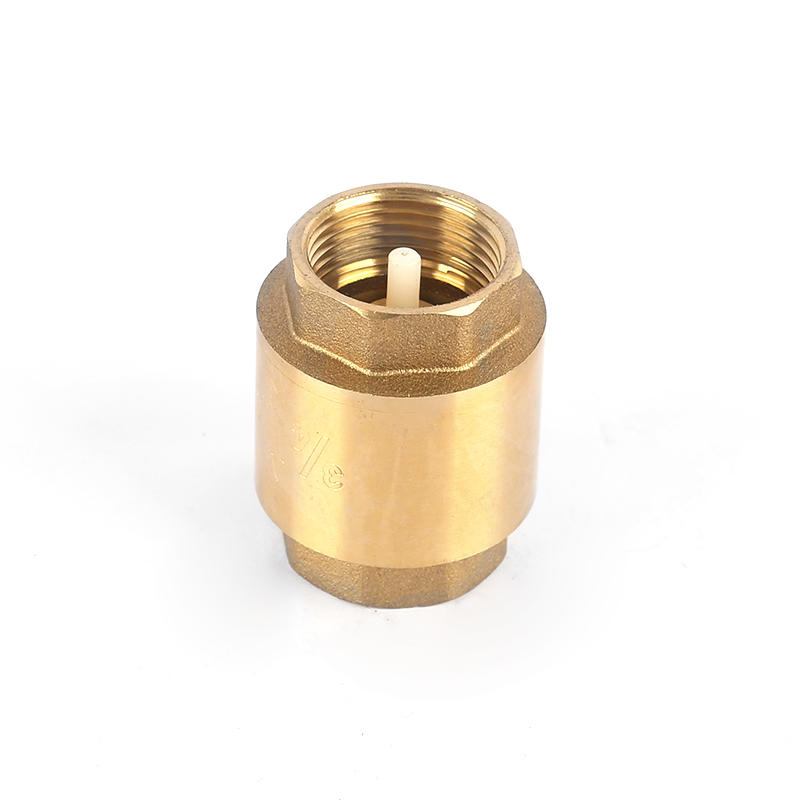Check valves are essential components in fire protection systems, serving a critical role in ensuring the reliability, efficiency, and effectiveness of these systems in safeguarding lives and property from fire emergencies. Designed to prevent the reverse flow of water or other fluids, check valves play a crucial role in maintaining system integrity, pressure regulation, and flow control. In this article, we will explore the benefits of installing check valves in fire protection systems, examining their importance, functionality, and contributions to overall system performance and safety.
Prevention of Backflow:
One of the primary benefits of installing check valves in fire protection systems is the prevention of backflow. In a fire protection system, water is stored in tanks or reservoirs and distributed through a network of pipes and valves to fire sprinklers, hydrants, and other firefighting equipment. During a fire emergency, it is essential that water flows freely from the water source to the fire suppression devices without interruption or obstruction. Check valves to ensure that water flows in one direction only, preventing backflow from the distribution pipes back into the water supply. This prevents contamination of the water source and ensures that water is readily available for firefighting operations when needed.
System Integrity and Reliability:
Check valves play a critical role in maintaining the integrity and reliability of fire protection systems. By preventing backflow and ensuring continuous water supply to fire suppression devices, check valves help minimize the risk of system failure or malfunction during a fire emergency. Without check valves, backflow or reverse flow of water could occur, causing pressure fluctuations, water hammer, or loss of prime in the system. This could compromise the effectiveness of the fire protection system and delay response time, potentially consequently greater property damage or loss of life. By installing check valves, system designers and operators can enhance the reliability and performance of fire protection systems, ensuring they are ready to respond effectively to fire emergencies.
Pressure Regulation and Flow Control:
Check valves also play a role in regulating water pressure and controlling flow in fire protection systems. In a properly designed system, check valves are strategically located at key points to maintain adequate water pressure throughout the distribution network. By preventing reverse flow and maintaining positive pressure in the system, check valves help ensure that water reaches the fire suppression devices at the required pressure and flow rate to extinguish fires effectively. Additionally, check valves can help control the flow of water during routine maintenance or testing of the system, allowing operators to isolate sections of the system without affecting overall system performance.
Compliance with Codes and Standards:
The installation of check valves in fire protection systems is often required by building codes, standards, and regulations enforced by local authorities having jurisdiction (AHJs). These codes and standards are established to ensure the safety and effectiveness of fire protection systems and to protect life and property in the event of a fire emergency. Check valves are typically mandated to prevent contamination of the public water supply, ensure system reliability, and comply with specific performance criteria outlined in relevant standards such as the National Fire Protection Association (NFPA) codes and standards. By installing check valves that meet or exceed these requirements, building owners, designers, and operators can ensure that their fire protection systems are in compliance with applicable regulations and provide adequate protection against fire hazards.
Protection of Water Supply:
In addition to preventing backflow and contamination of the water supply, check valves help protect the public water system from potential contamination or pollution. In a fire protection system, water is often stored in tanks or reservoirs that may be subject to cross-connections with other water sources or plumbing systems. Without check valves, there is a risk that water from the fire protection system could flow back into the public water supply, potentially introducing contaminants or pathogens into the drinking water supply. By installing check valves, system designers and operators can help ensure the integrity and safety of the public water system and protect against the spread of waterborne diseases or pollutants.
Cost-Effective Solution:
Installing check valves in fire protection systems is a cost-effective solution for enhancing system performance and reliability. Check valves are relatively inexpensive compared to other components of fire protection systems, such as fire pumps, sprinklers, and alarm systems. Yet, they play a critical role in preventing backflow, maintaining system integrity, and ensurinnce with codes and standards. By investing in high-quality check valves and incorporating them into the design of fire protection systems, building owners and operators can minimize the risk of system failure, reduce maintenance costs, and protect their investment in life safety and property protection.
Conclusion:
In conclusion, check valves are indispensable components of fire protection systems, providing essential functions such as preventing backflow, maintaining system integrity, regulating water pressure, and ensuring compliance with codes and standards. By installing check valves in fire protection systems, building owners, designers, and operators can enhance system reliability, performance, and safety, ensuring that their properties are adequately protected against fire hazards. Whether in commercial buildings, industrial facilities, or residential complexes, the benefits of installing check valves in fire protection systems are clear: they provide a cost-effective solution for safeguarding lives and property from the devastating effects of fire emergencies.

 English
English русский
русский Deutsch
Deutsch












